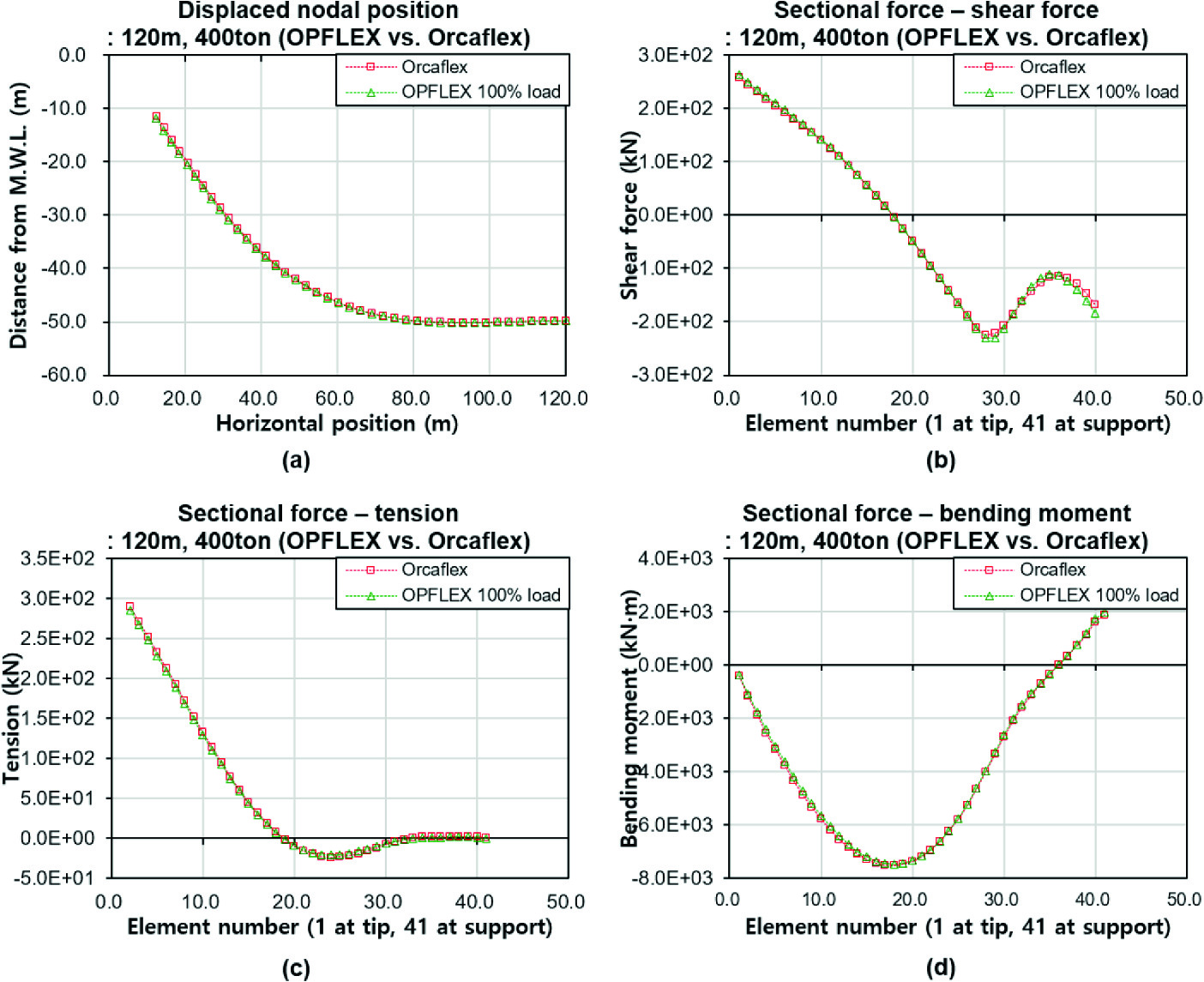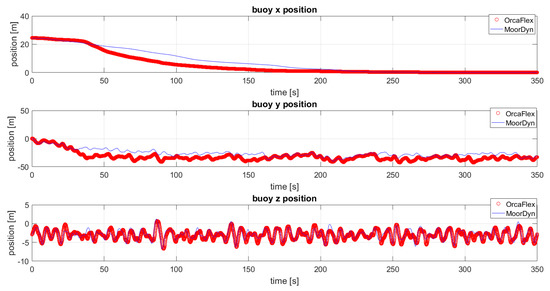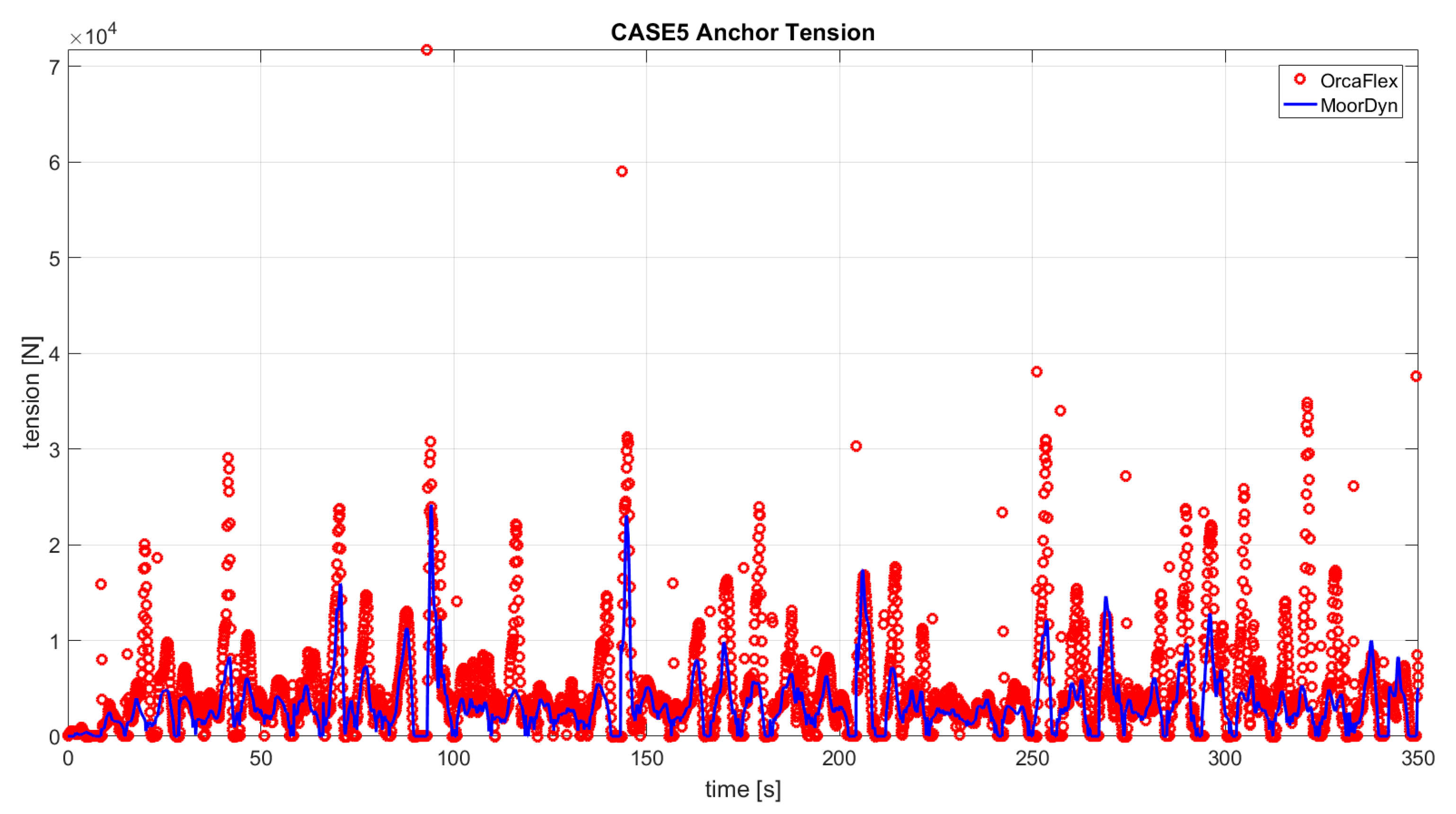


It includes numerical models of its two surface buoys, a rotating ocean current turbine, and the lines associated with the system. This numeric model of COET's proposed mooring system has been created in OrcaFlex to model static and dynamic effects of the system. To investigate this, a numeric model is used to predict the static and dynamic behavior of the mooring system and attachments, quantifying sensitivity of the system's response to parametric variations. Research results show that the tension and curvature of the. usual waves, waves with current combined and possible extreme waves. The motion response of laying ship and the hydrodynamic characteristics of submarine cables are simulated here under three sea conditions, i.e.

#BIBTEX ORCAFLEX SOFTWARE#
No mooring systems for deepwater hydrokinetic turbines have been constructed, tested and installed therefore little is known about the performance of these moorings. The numerical model is established with the Orcaflex software employed. This mooring system testing platform will be used to evaluate the performance of prototype ocean current turbines including COET's 20 kW turbine that is currently under development. In response to Florida's growing energy needs and drive to develop renewable power, Florida Atlantic University's Center for Ocean Energy Technology (COET) plans to deploy a mooring near the core of the Gulf Stream off southeast Florida's coast.


 0 kommentar(er)
0 kommentar(er)
